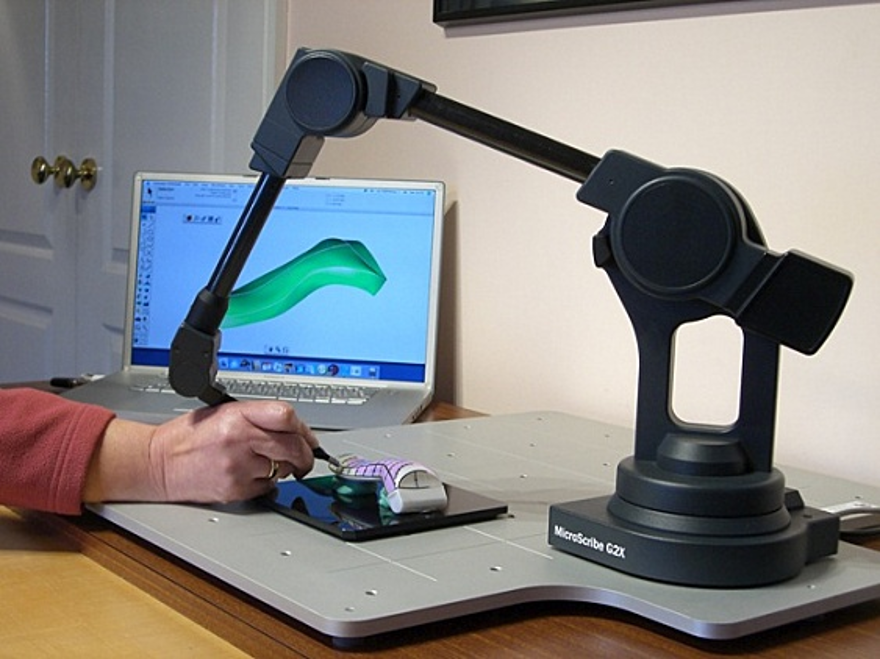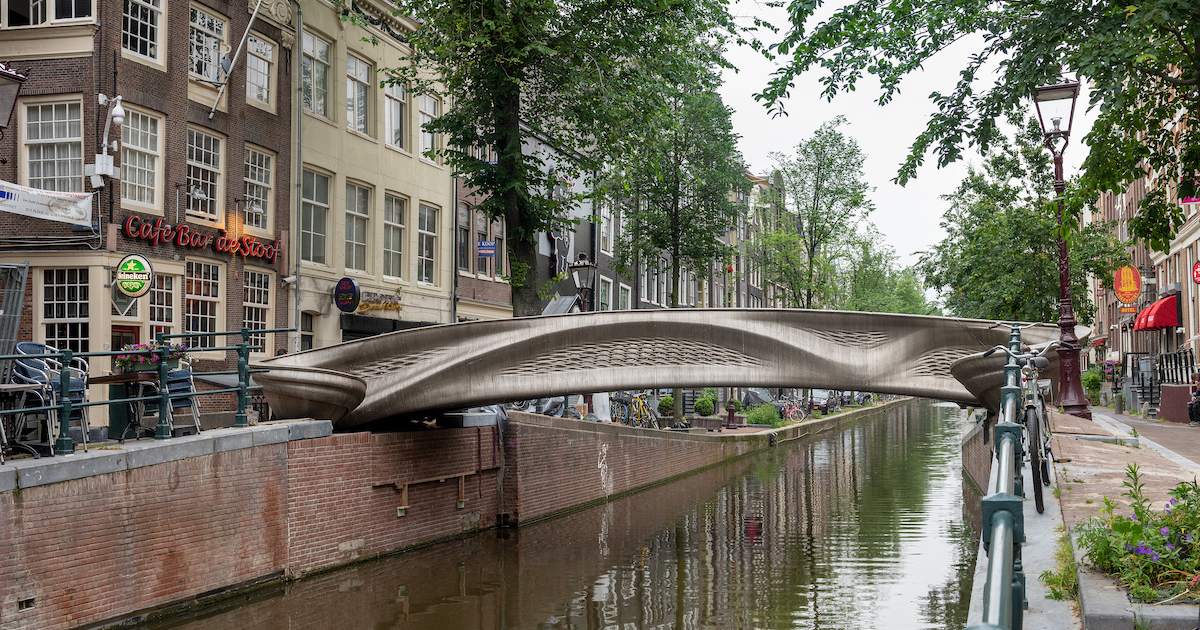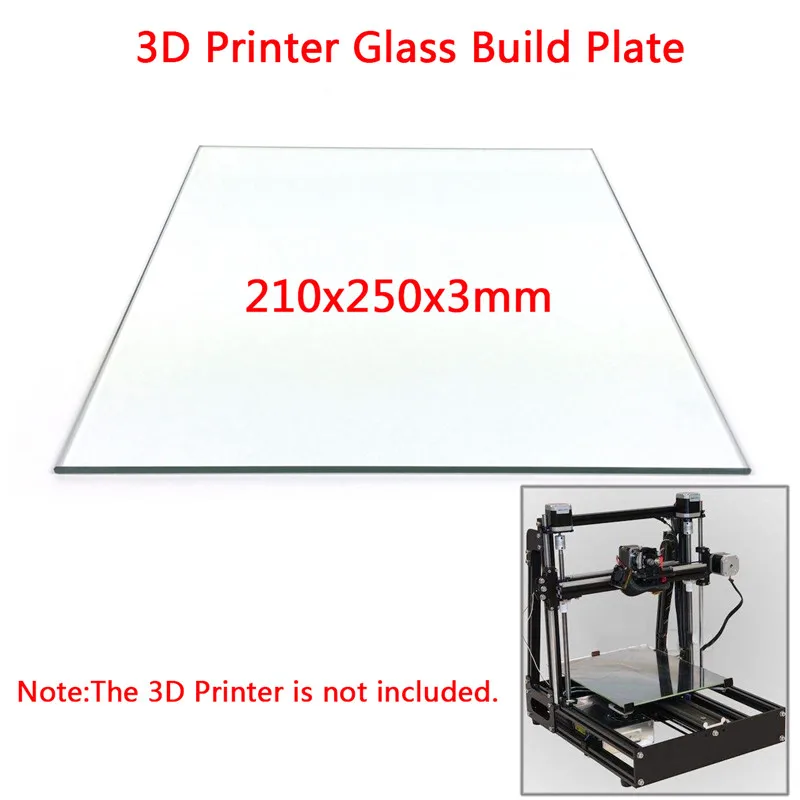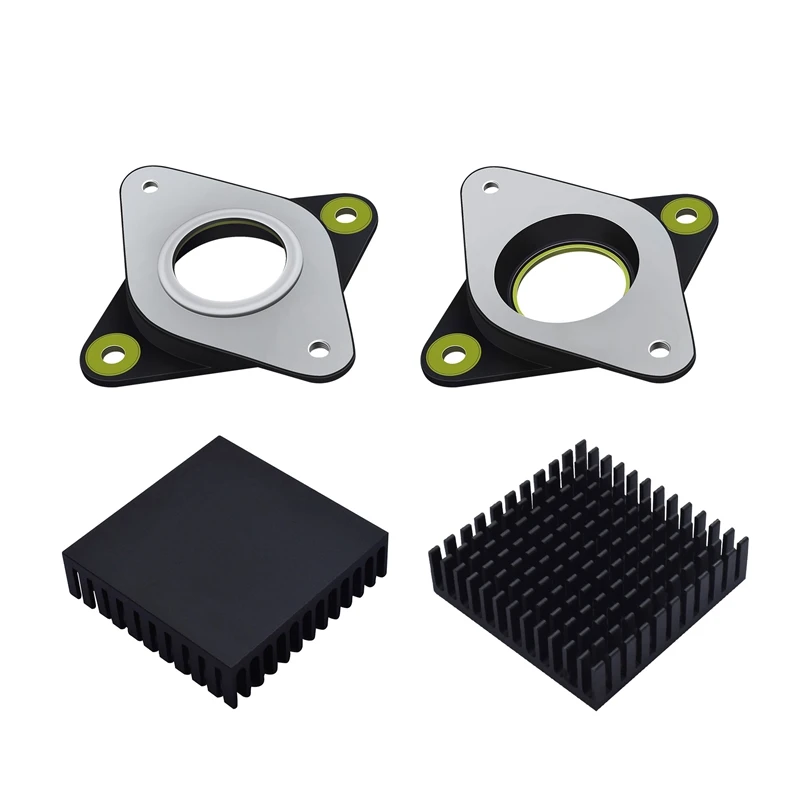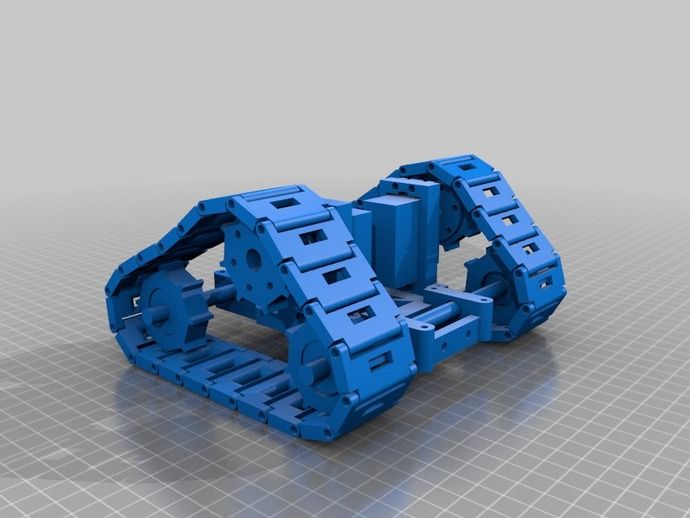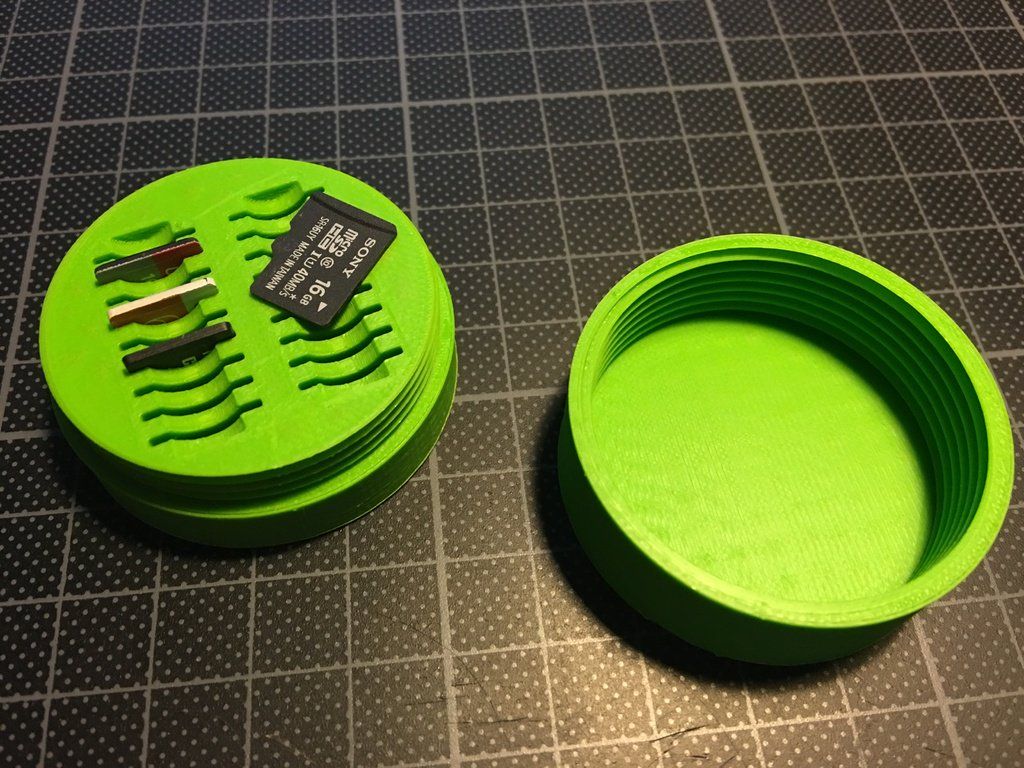Pharaoh 3d scanner
FARO Focus S70 3D Laser Scanner
Faro S70 Scanner Features
Accuracy
Highest accuracy and range by using a combination of the most advanced sensor technologies.
Rescanning of Distant Targets
The Scan Group feature identifies multiple areas to be rescanned with higher resolution to either perform accurate target detection or to capture smaller areas of interest with greater detail.
IP Rating 54 and Extended Temperature Range
With the sealed design and certified with the industry standard Ingress Protection (IP) Rating, IP54, the Focus can be used in wet weather conditions at temperatures from -20°C to 55°C8
Compact and Portable
Focus Laser Scanners are the smallest and lightest devices in their performance class.
On-Site Compensation (Focus S and S Plus models only)
With the on-site compensation functionality, users can verify and adjust the FocusS compensation immediately before scanning, ensuring high-quality scan data and traceable documentation.
On-Site Registration (Focus S and S Plus models only)
During on-site data capture, the laser scanner immediately transmits scan data wirelessly to FARO SCENE for real-time scan processing and registration, providing efficiency and time savings.
Benefits
- Confidence in documented data-quality by traceable calibration and market-leading on-site compensation.
- Mount the FocusS scanner in an inverted position, such as under a ceiling of a hall.
- The Focus Laser Scanner portfolio offers the most economic 3D scanning solution for all requirements and budgets.
- Minimum training effort is ensured by the intuitive and easy to operate touch-screen interface as well as hands-on and online tutorials.
- Efficient integration into existing software infrastructures and workflows are provided by interfaces to various standard CAD systems.
- Offers the highest accuracy and range. It’s also compact and portable, being one of the smallest and lightest devices in its performance class.
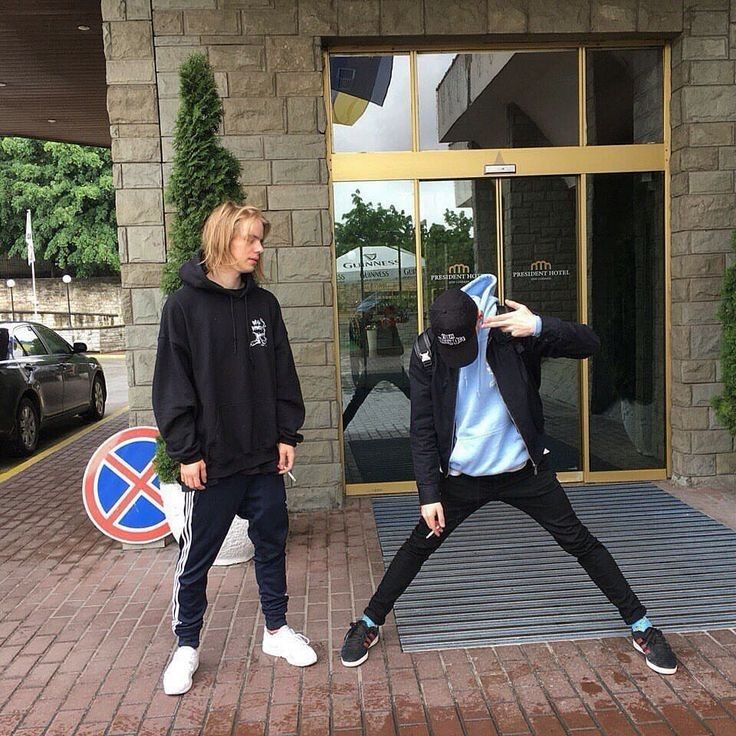
- If you’re after efficiency and time saving, the laser scanner immediately transmits scan data wirelessly to FARO SCENE for real-time processing and registration.
FocusS 70 ships with:
- 1x FocusS 70, with HDR photography, with GPS, compass, altimeter (barometer), dual-axis compensator, WLAN, IP rating 54,
- 1x Battery Power Block,
- 1x Battery Power Dock,
- 1x 90W Power Supply,
- 1x Optic Cleaning Fluid,
- 3x Optic Cleaning Tissues,
- 1x 32GB SD card,
- 1x SD card reader,
- 1x SD card cover,
- 1x rugged transport case,
- calibration certificate,
- 1 year manufacturer guarantee and a quick start guide.
Part Number: LS-8-S-70
Only logged in customers who have purchased this product may leave a review.
Digitally Unwrapping an Egyptian Mummy
Peering Inside Mummified Remains
Egyptian scientists have used three-dimensional computed tomography (CT) scanning for the first time to ‘digitally unwrap’ Pharaoh Amenhotep I’s mummified remains.
While all of the royal mummies unearthed in the nineteenth and twentieth centuries have been opened for investigation, Pharaoh Amenhotep I’s is remarkable in that it is appropriately wrapped, crowned with flower garlands and a lifelike facial mask inset with bright stones.
The Egyptian Mummy Project has peered inside the mummy for the first time in three millennia using the 3D laser scanning services. This was done the last time in the 11th century BCE, more than four centuries after his mummification and burial.
Based on records from hieroglyphics, during the later 21st dynasty, priests restored and reburied royal mummies from earlier dynasties to repair the damage inflicted by tomb robbers.
According to the tourism and antiquities ministry, the research was led by Sahar Saleem, a Cairo University professor of radiology, and renowned Egyptologist Zahi Hawass, a former antiquities minister.
Dr. Saleem observed that the mummified remains of the Pharaoh had never once been viewed unwrapped.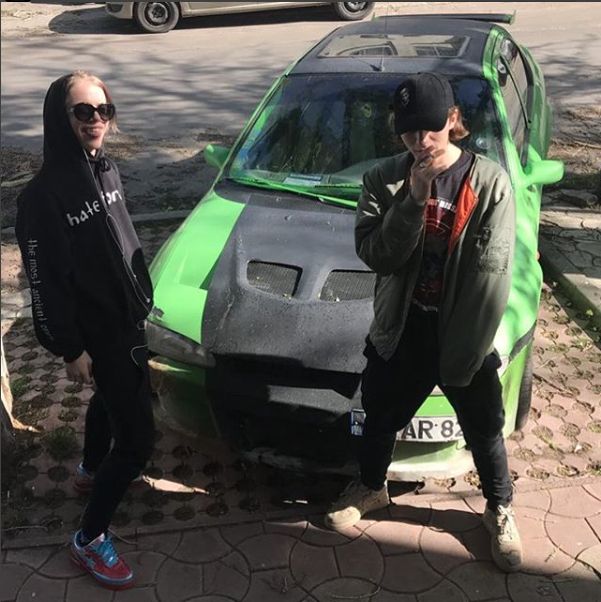 Therefore this opportunity to digitally view the mummy using 3D scanning services gave them a unique opportunity of a lifetime to learn a lot about how his mummification and burial were done.
Therefore this opportunity to digitally view the mummy using 3D scanning services gave them a unique opportunity of a lifetime to learn a lot about how his mummification and burial were done.
In explaining, Dr. Saleem pointed out that with the ability that the 3D scanning service provides to peek into the mummified remains, it offers an easy opportunity to investigate in detail the well-preserved remains of the Pharaoh.
“We show that Amenhotep II was a powerful ruler. He was 35 years old when he passed away. He was circumcised and had good teeth, standing roughly 169 cm tall. He was wrapped in gold and wore 30 amulets and a one-of-a-kind golden belt with gold beads.“It was found that the Pharaoh Amenhotep I had a small chin, a narrow nose, curling hair, and slightly protruding upper teeth, much like his father.”
According to Dr. Saleem, the scientists couldn’t find any abnormalities using the 3D scanning service that might have been associated with any disease to validate the cause of death.
Pharaoh Amenhotep I’s mummified remains, together with those of other reburied royal mummies, were discovered in 1881 at the Deir el Bahari archaeological site in southern Egypt. Between 1525 and 1504 BCE, he ruled Egypt, which was prosperous and secure.
Dr. Saleem also noted that in the case of Pharaoh Amenhotep I, it can be seen that the 21st dynasty priests took their time to gently mend the injuries inflicted by tomb thieves, restore his body to its former glory, and save the magnificent jewels and amulets in situ.
3D Laser Scanning Services Have Great Benefits
This research success underscores the fact that a 3D laser scan could be a valuable tool in anthropological and archaeological analyses of mummies, especially those from other cultures and civilizations such as Peru.
Keep reading: more articles about 3D laser scanning SERVICES
3D Laser Scanning, 3D Laser Scanning Application, 3D Laser Scanning Resource, 3D Laser Scanning Services, 3d print large parts, 3D Printing, 3D Printing Application, 3D Printing Promotion, 3D Printing Resource, 3D Printing Services, 3D Scanning, 3D Scanning Application, 3D Scanning Services, 3D Scanning Services, Lidar Scanning3d imaging, 3d laser art, 3d laser scanners, 3d laser scanning services, 3d measurement, 3d printed parts, 3d printing, 3d printing services, 3d scanningscan - news and reviews of 3D scanning technologies
Until quite recently, 3D printers seemed to print small details for several hours.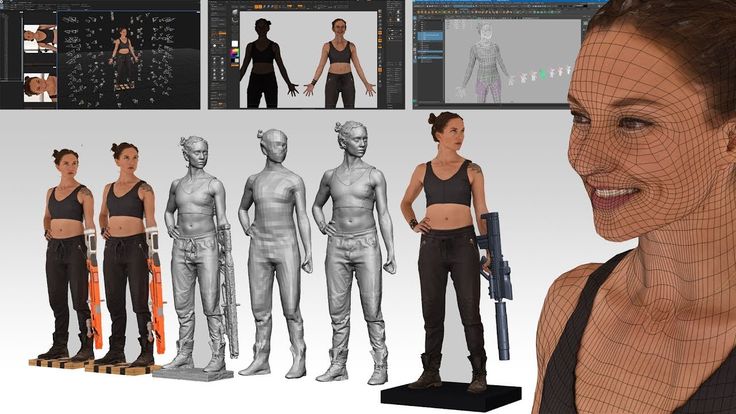 Modern 3D scanners make it possible to quickly and easily obtain three-dimensional images of real objects and convert them into digital 3D models. Subsequently, the received content can be used for everything, including as a model for 3D printing.
Modern 3D scanners make it possible to quickly and easily obtain three-dimensional images of real objects and convert them into digital 3D models. Subsequently, the received content can be used for everything, including as a model for 3D printing.
The most talked about topic 3D scanning
Thanks to modern technology, scientists are able to recreate the faces of people who lived on Earth thousands of years ago. To do this, they need a skull, a tomography machine and a 3D modeling program. Earlier, we have already talked in detail about the achievements of scientists in this area - we showed how the astronomer Nicolaus Copernicus, the Egyptian Queen Nefertiti and Pharaoh Tutankhamun looked at one time. Recently, scientists have reached the pharaoh Ramesses II, who is considered one of the most powerful rulers of ancient Egypt. Having studied the skull, they created a model of his head and superimposed on it the details of his appearance, which are mentioned in ancient documents.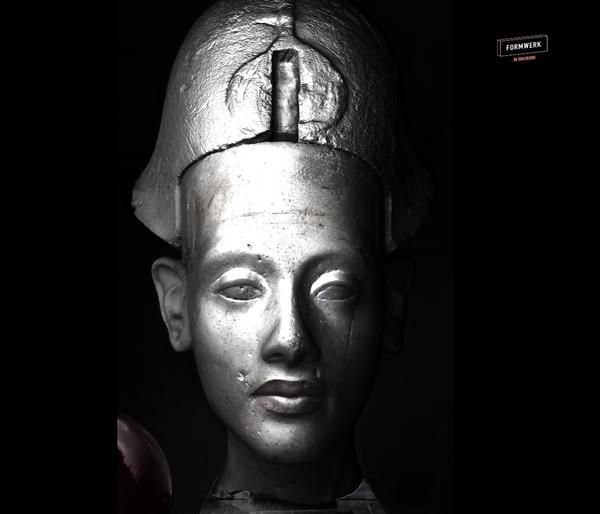 As a result, they got a man whose appearance meets all the standards of beauty of the ancient Egyptian era. Let's find out how scientists recreated the appearance of Ramesses II and look at the images - what beautiful features are we talking about?
As a result, they got a man whose appearance meets all the standards of beauty of the ancient Egyptian era. Let's find out how scientists recreated the appearance of Ramesses II and look at the images - what beautiful features are we talking about?
On the territory of Australia there are Narakort Caves - a national park, inside which there are many fossils of ancient animals. At the moment, scientists know about the existence of 26 caves, but there may be hidden tunnels between them. Most likely, inside them lie the remains of animals that scientists have not yet had a chance to study. To find hidden passages, Australian students launched the CaveX project, which developed 15 research robots. Among them, they chose the mechanism that is best suited for exploring the cave - it is a robot in the form of a spider with six limbs. It is believed that this design will allow it not to damage the surface of a historically important site. The robot will be equipped to create a 3D map of the cave, but what exactly can it find inside?
Read more According to 2021 data, the most unsafe places on our planet are the Gaza Strip, Sudan and Somalia. It is believed that tourists who have gone to these places may never return, because there is a high chance of being killed or captured. But crime is almost everywhere - to be convinced of this, it is enough to look at the criminal report. Unfortunately, some criminals cannot be arrested even if there is video from surveillance cameras and even the testimony of witnesses. On the recordings, the faces of thieves and murderers are often blurred, and people cannot remember the special features of the criminals. In order to improve the accuracy of recognizing violators of law and order, scientists decided to create their 3D models so that eyewitnesses could view them from different angles. It is impossible to explain the whole essence of the idea of the researchers in one paragraph, so let's delve into the details.
It is believed that tourists who have gone to these places may never return, because there is a high chance of being killed or captured. But crime is almost everywhere - to be convinced of this, it is enough to look at the criminal report. Unfortunately, some criminals cannot be arrested even if there is video from surveillance cameras and even the testimony of witnesses. On the recordings, the faces of thieves and murderers are often blurred, and people cannot remember the special features of the criminals. In order to improve the accuracy of recognizing violators of law and order, scientists decided to create their 3D models so that eyewitnesses could view them from different angles. It is impossible to explain the whole essence of the idea of the researchers in one paragraph, so let's delve into the details.
The collection of the Dutch Postal Museum in The Hague (Netherlands) contains a chest containing 300-year-old letters. In those days, there were no envelopes, so to protect letters from prying eyes, the authors folded the paper in the most cunning ways.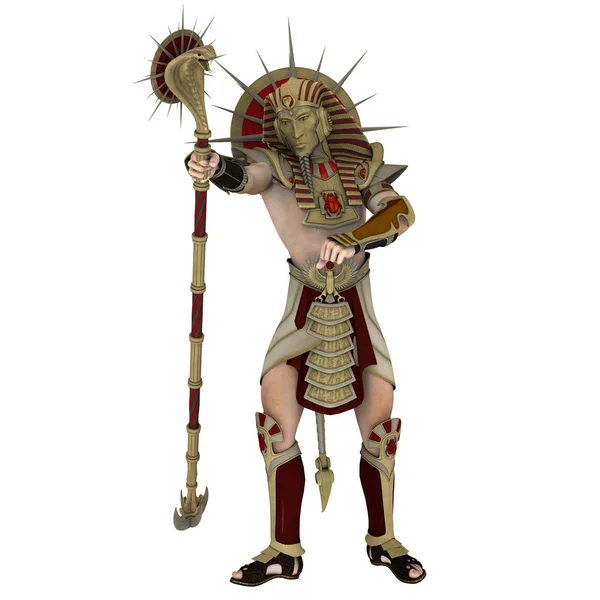 Sometimes they made cuts, holes and glues to make the letter as difficult to open as possible. So, if the paper was damaged, the recipient could immediately guess that someone had already read his letter. The chest with letters was found only in 1926, so opening the letters without damaging them seemed an impossible task. Indeed, over time, the paper becomes fragile and any attempt to open it could damage it. However, recently scientists decided to study them using a special X-ray, which is used for dental purposes. It turned out that with the help of this device you can read letters without even opening them. Now I will tell you how this is possible.
Sometimes they made cuts, holes and glues to make the letter as difficult to open as possible. So, if the paper was damaged, the recipient could immediately guess that someone had already read his letter. The chest with letters was found only in 1926, so opening the letters without damaging them seemed an impossible task. Indeed, over time, the paper becomes fragile and any attempt to open it could damage it. However, recently scientists decided to study them using a special X-ray, which is used for dental purposes. It turned out that with the help of this device you can read letters without even opening them. Now I will tell you how this is possible.
Have you seen films in which the spy first takes a photo of the key he needs, and then returns again with a duplicate that appears from nowhere? This is usually the plot of films for a robbery: a potential thief does not want to steal the key, so as not to expose himself, quickly photographs it so that make a duplicate of the key according to photo and then return in order to complete the plan. It would seem that this is something from the level of "hacking a power plant and leaving the whole city without electricity." But experts are now warning that criminals can indeed use 3D printing technology to break into your home or open a safe. All they need for this is a photo of the keys to the house.
It would seem that this is something from the level of "hacking a power plant and leaving the whole city without electricity." But experts are now warning that criminals can indeed use 3D printing technology to break into your home or open a safe. All they need for this is a photo of the keys to the house.
The devastating flames that raged in the 850-year-old cathedral in Paris have been brought under control. The cathedral burned down almost to the ground and will be "closed for restoration", which will require an indescribable amount of money and, according to experts, will take 40-50 years. Donations for the restoration of the famous Notre Dame Cathedral come from all over the world, but there is something else that will help restore the cathedral to its former glory: a 3D map, digitized 3D scans of the building.
Read more Scientists from the Howard Hughes Medical Institute have improved the method of fluorescence microscopy in such a way that now it can be used to capture in high resolution the dynamic processes occurring in a living organism.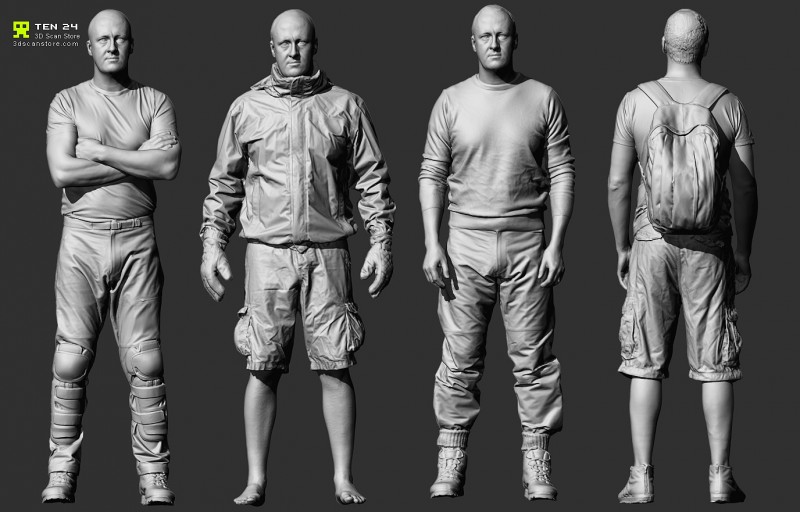 The scientists shared the results of their work in the scientific journal Science, and an example of the visualization of dynamic processes, which was filming the movement of immune cells in a fish embryo, was presented in an article in the journal Nature.
The scientists shared the results of their work in the scientific journal Science, and an example of the visualization of dynamic processes, which was filming the movement of immune cells in a fish embryo, was presented in an article in the journal Nature.
Scientists from Tel Aviv University and Ben Gurion University, with the support of their Canadian and Chinese colleagues, were able to solve the problem of inaccurate reading of objects by 3D laser scanners. The method turned out to be very inexpensive, but effective.
Read more From time to time we tell you about the various developments of the Disney Research laboratory, which employs dozens of highly qualified specialists in various fields of science. This time, Disney engineers have presented a revolutionary technology for reconstructing a 3D model of a human jaw from photographs or video footage. In the foreseeable future, this technology can be used to create realistic 3D images of people in films, cartoons and video games.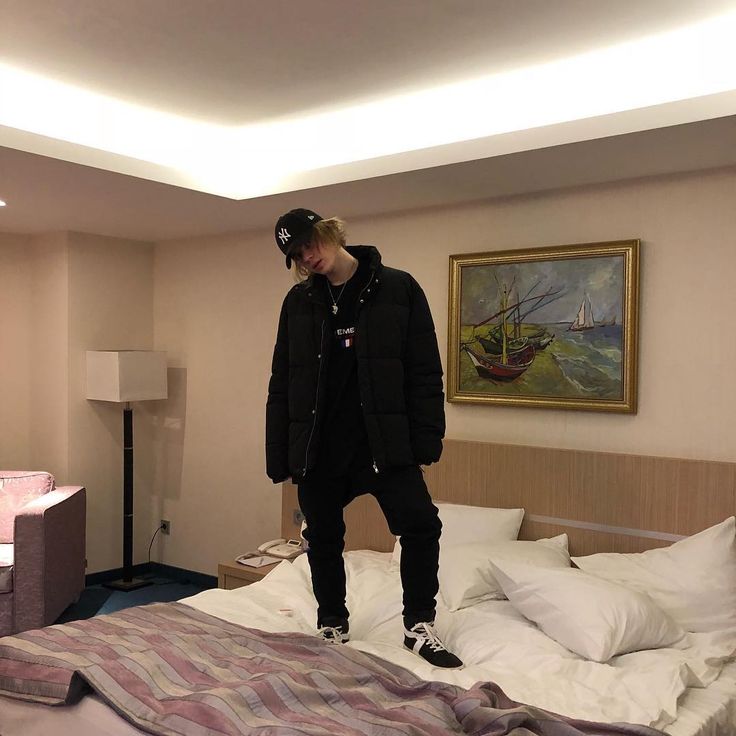
We have repeatedly told you about the process of 3D printing of biological tissues and even human organs on the pages of our website. Science over the past few years has stepped far forward in this area and is not going to give up its positions. That is why the Queensland University of Technology, together with specialists from Metro North Hospital, announced the start of construction of the so-called “Biofabrication Institute”, whose employees will scan, model and print on special 3D printers the tissues necessary for patients.
Read more3d scan of Tutankhamun's tomb reveals hidden chambers
Two days after the end of the radar scan, which was carried out in the tomb of Tutankhamun (Luxor, Egypt), archaeologists came to the conclusion that the burial chamber is located behind two doorways deep underground.
The results were announced on November 21st, Saturday, at a press conference in Luxor and thanks to them, the theory of the British archaeologist Nicholas Reeves (Nicholas Reeves) is fully confirmed.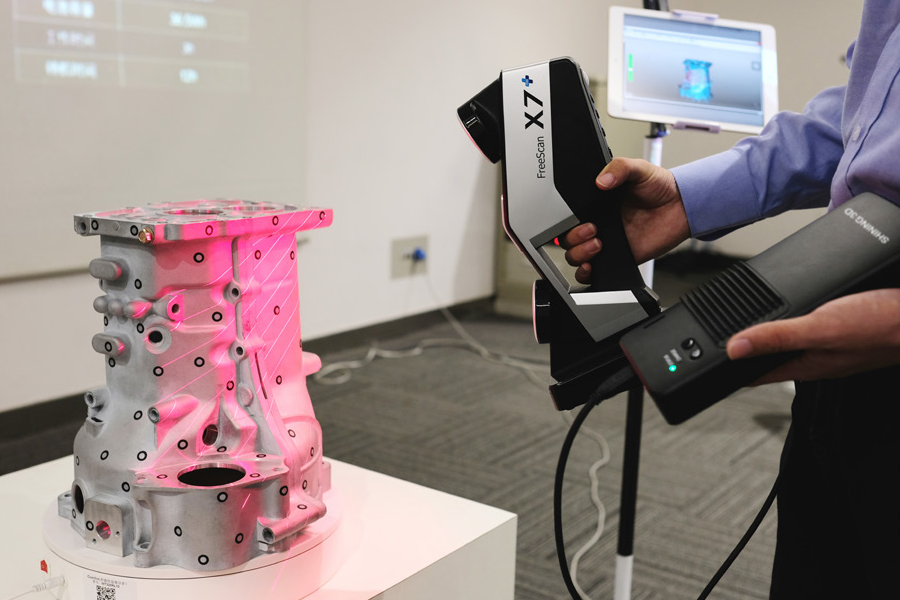
Hidden underground tomb belongs to Nefertiti, the legal mother of Tutankhamen, who may have been one of the few female pharaohs during the 18th Dynasty of Egypt. If this is true, then it will be safe to say that the untouched burial is one of the most important finds of the 21st century.
Back on Friday, Egypt's Minister of Antiquities, Mamdouh Eldamaty, stood next to a wall covered with images that tell of the burial ritual of a boy pharaoh who ruled the area in the 14th century BC.
“The radar scan gave us information that there are two different materials on the north side of the wall, which may indicate that there is an additional room,” says Mamdouh Eldamati.
All these features once again confirm Reeves' theory, and work on 3d scanning has received support from both the public and investors.
Radar scanners work in places that were previously impossible to access, and the results of the work can lead to completely unexpected discoveries. For the entire time of the study of the tombs, for the first time, experts were able to collect data on the structure of the material from which the walls are made, as well as what is beyond them. It is the voids that may contain previously unknown artifacts or other items that were used as gifts during the burial process of Tutankhamen.
It is the voids that may contain previously unknown artifacts or other items that were used as gifts during the burial process of Tutankhamen.
“The Grave doesn't reveal all its secrets at once, it gives us bit by bit, but even small achievements like these tell us that we are moving in the right direction,” says Nicholas Reeves, National Geographic Fellow.
Thanksgiving gift.
The start of work was scheduled just in time for Thanksgiving and after all the tourists left the Valley of the Kings, 3d scanning began in full swing. Fifteen years ago, Hirokatsu Watanabe was working on another project by Nicholas Reeves, during which several features were discovered in the form of underground chambers. One of them turned out to be a grave.
Watanabe has previously used radar to search for ancient sites hidden from human eyes in South America. Such equipment is commonly used by civil engineers who are looking for weaknesses in the structure of buildings.
In Tutankhamun's tomb, Watanabe needed to scan right through a wall, and he was assisted by a radar from the Japanese manufacturer Koden.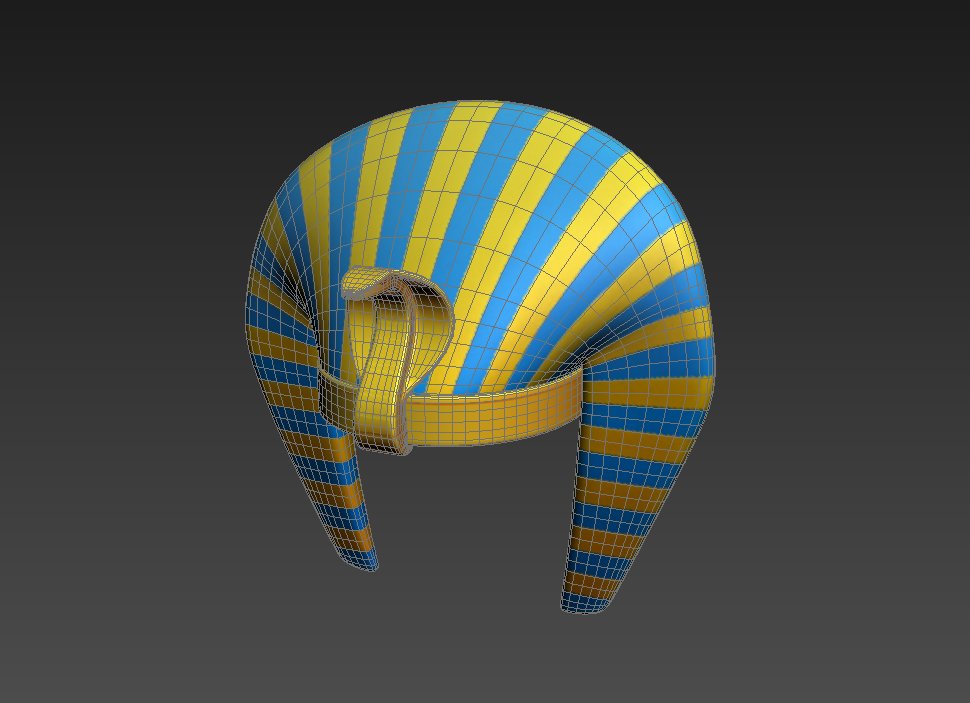 To do this, several modifications had to be made to the device. The antenna was redirected to the side (originally it was directed downwards), and the mechanism itself was attached to a special cart.
To do this, several modifications had to be made to the device. The antenna was redirected to the side (originally it was directed downwards), and the mechanism itself was attached to a special cart.
Even though Watanabe is 73 years old, neither the long trip nor the pressure that he had during the scanning could interfere with his work. His modified machine already after half an hour of work showed the first results and they were really good.
The next morning, when the archaeologist had had enough rest, he was ready to scan the western wall of the burial chamber, behind which, according to Reeves, there is a doorway. By this time, about 20 people had already gathered here, including representatives of the National Geographic channel and Tokyo television. By the way, the global premiere of the documentary will take place in 2016. Despite so many people, Watanabe stayed at the western wall in maximum privacy to ensure that the 3d scan results were as accurate as possible.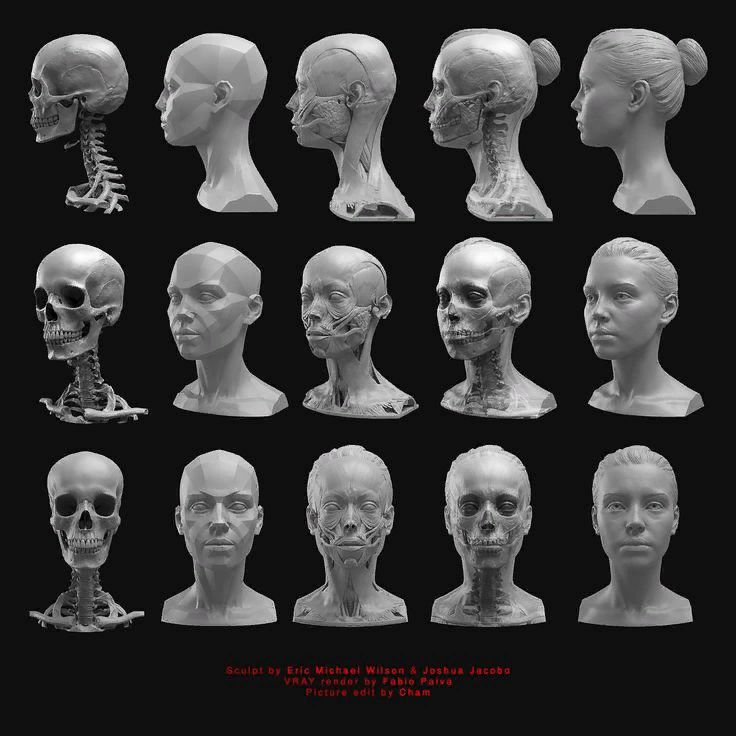
In the process of work, complete silence was observed, and Hirokatsu, with the slowness inherent in older people, pushed the cart in front of him, at a distance of 5-7 centimeters from the wall. This picture was reminiscent of how people his age are trying to push a basket of goods in front of them in supermarkets.
The intersection of antiquity and modern technology.
The current exploration of Tutankhamun's tomb was initially carried out with the help of high technology.
“I have been coming to this grave for the past thirty years, but the most interesting discovery did not happen here, but on the Internet,” says Nicholas Reeves.
In 2009, in Madrid, a team of restorers and artists started work using high resolution laser 3d scanners. The purpose of this work is to copy the principles of the security systems of ancient tombs so that everyone can experience all their greatness for themselves, while not damaging either themselves or the archaeological values.
“The value of this work was that for the first time we were able to see the actual composition of the walls of the tomb. Yes, the walls are decorated with various scriptures, but if you remove them, you can see a completely different landscape, ”Nikolas told us.
The Factum Arte team scanned in black and white, so the drawings were almost invisible. On the north and west walls of the burial chamber, Reeves noticed a series of perfectly straight vertical lines that seemed to match the shape of the doorways.
The more the researcher looked at the image, the more he became convinced that he was right. In the process of studying, other materials were also used, which only confirmed what they saw.
Nicholas is a specialist in the history of the 18th Dynasty, as it was one of the most mysterious and dynamic periods in the history of Ancient Egypt.
One of the key roles at this time was played by Pharaoh Akhenaten, who sought to change belief systems and force people to worship only the sun god, Aten.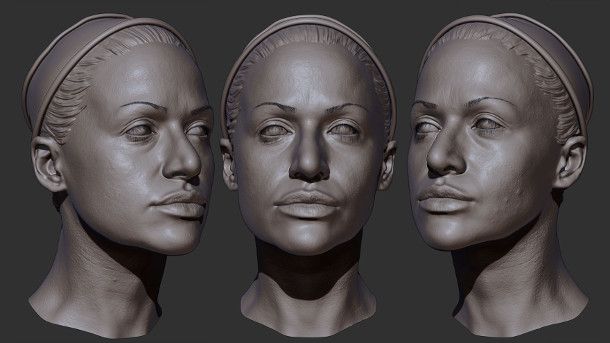 His main wife was Nefertiti, who helped him with the reign. She used her position, to some extent even too much. If you look at the individual blocks, you can see her image, which shows how Nefertiti beats the enemies of Egypt.
His main wife was Nefertiti, who helped him with the reign. She used her position, to some extent even too much. If you look at the individual blocks, you can see her image, which shows how Nefertiti beats the enemies of Egypt.
For many years, Reeves believed that Nefertiti outlived her husband and became pharaoh, after which she changed her name and called herself Smenkhkare. A similar situation had already been observed earlier, when Hatshepsut became the pharaoh, as well as one of the most influential figures of that time.
As part of his research, Reeves had the opportunity to take a closer look at the finds from the tomb. Although they were known, there was no opportunity to study them in the past.
Combining the results of the study and the data that was obtained by the Factum Arte team, Reeves claims that this once again confirms his theory. Nefertiti became pharaoh after Akhenaten and was buried in a tomb that was soon adapted to Tutankhamun, who died at the age of 19years.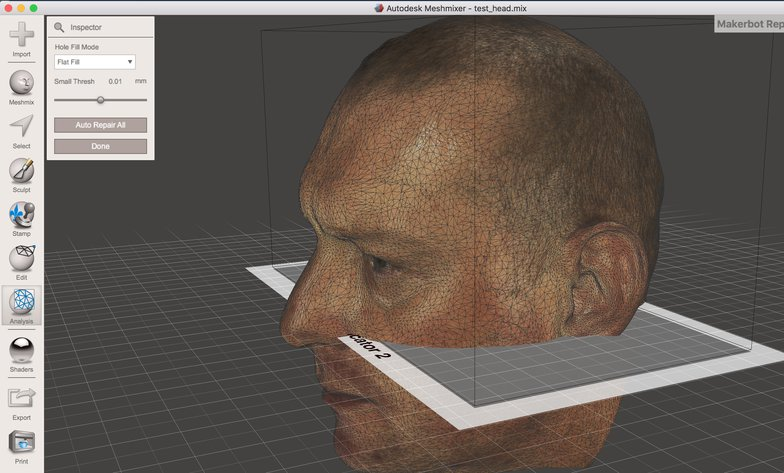 The researcher also outlined this idea in the middle of this year, in the article “The Burial of Nefertiti”.
The researcher also outlined this idea in the middle of this year, in the article “The Burial of Nefertiti”.
“When I published the article, the thought entered my head that my colleagues would think I was crazy. Now I think that the situation has changed radically and people believe that if Nefertiti’s grave is not even behind the wall, then there must be something,” says Nicholas.
At the end of September, Eldamati, Reeves and other archaeologists conducted a thorough study of the tomb, as a result of which they found something that confirmed their guesses. Among other things, they were able to find the same lines and textures that were previously seen in the 3d scan results of the Factum Arte team.
A little earlier, a team of archaeologists from France and Egypt was working on a similar project, but infrared and thermographic 3d scanners were used for scanning, which could not show accurate results due to the high temperature on the surface.
A bit about everyday life in Egypt.

All work was launched in the conditions of an extreme economic and political crisis. The revolution that began in Egypt in 2011 almost completely destroyed the economy, and the country's inhabitants struggle almost every day with political instability and waves of violence.
The potential for possible archaeological discoveries has literally sunk into the heads of government officials who really need good news about Egypt.
Before the exploration, the Governor of Luxor himself, Mohammed Bedr, arrived in the Valley of the Kings, accompanied by a cortege of police cars and black jeeps. He personally met with Eldamati and Reeves before they started doing radar scans.
When the governor was asked about tourism, he said that the numbers are still decreasing, and compared to 2009-2010, a small number of tourists makes you think about the near future of Egypt.
Under the cover of ancient walls.
After the first failed attempt, Watanabe fiddled with the radar machine for some time. After some time, he began to push the cart along the wall once again and again stopped in the middle of the wall. It turned out that part of the wall is significantly different in its composition. This location was in the same location shown in the Factum Arte pictures. Although Watanabe is not an Egyptologist and did not delve deeply into Reeves' ideas, his findings were still consistent with earlier findings.
After some time, he began to push the cart along the wall once again and again stopped in the middle of the wall. It turned out that part of the wall is significantly different in its composition. This location was in the same location shown in the Factum Arte pictures. Although Watanabe is not an Egyptologist and did not delve deeply into Reeves' ideas, his findings were still consistent with earlier findings.
After the 73-year-old archaeologist finished scanning, he began to study the multi-colored stripes that were on the computer screen. He pointed to the presence of an entrance, but the accuracy of the data is still in doubt, since the object is too deep. After re-examining the wall, the data was once again confirmed, and when asked about re-scanning, Watanabe refused, citing the fact that the procedure would not bring more accurate results.
The secret room exists.
The next day, Eldamati and Reeves confirmed that the findings were very encouraging. The presence of two types of materials from which the wall is made suggests that the work was carried out in haste. The strict vertical line corresponds to the line found on the ceiling, and this suggests that the corridor is a continuation of the burial chamber. Watanabe will study the data for another month and only after that will be able to announce the final results.
The strict vertical line corresponds to the line found on the ceiling, and this suggests that the corridor is a continuation of the burial chamber. Watanabe will study the data for another month and only after that will be able to announce the final results.
The director of the research center at the University of Chicago, which has a branch in Luxor, said that indeed a large number of people are intrigued by Reeves' work. Although there are some points about which it is absolutely impossible to safely say. For example, speaking about the burial of Nefertiti, Nicholas Reeves may be mistaken, since only Tutankhamen from the royal family was found here. That is why anyone can be behind the wall, but the very fact that someone previously unknown could be there is even more exciting.
In recent years, Johnson has also provided strong evidence that Nefertiti was pharaoh. He hopes that a second thermographic survey, which will be carried out by Eldamati a little later, will show that the cartouches were originally located on the northern wall, which identify the grave.